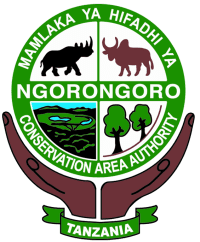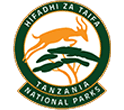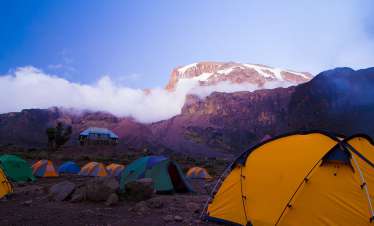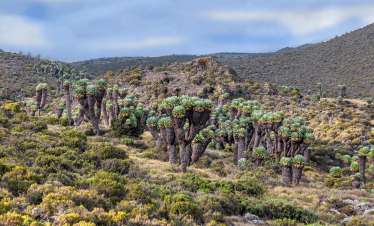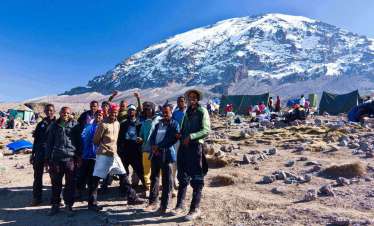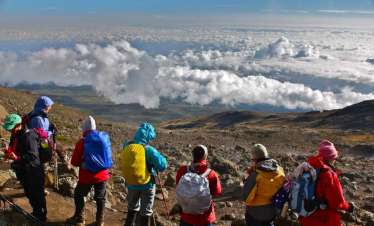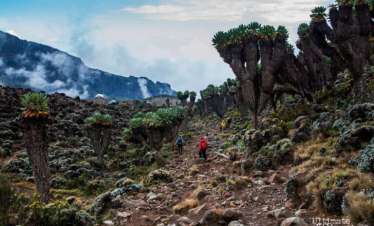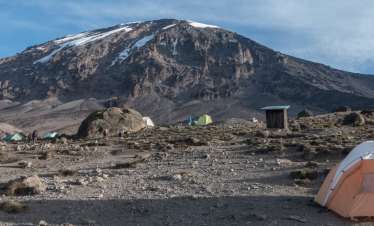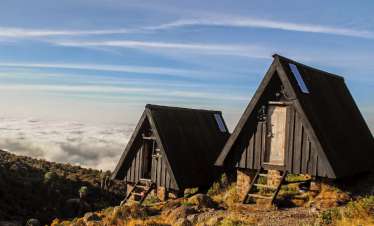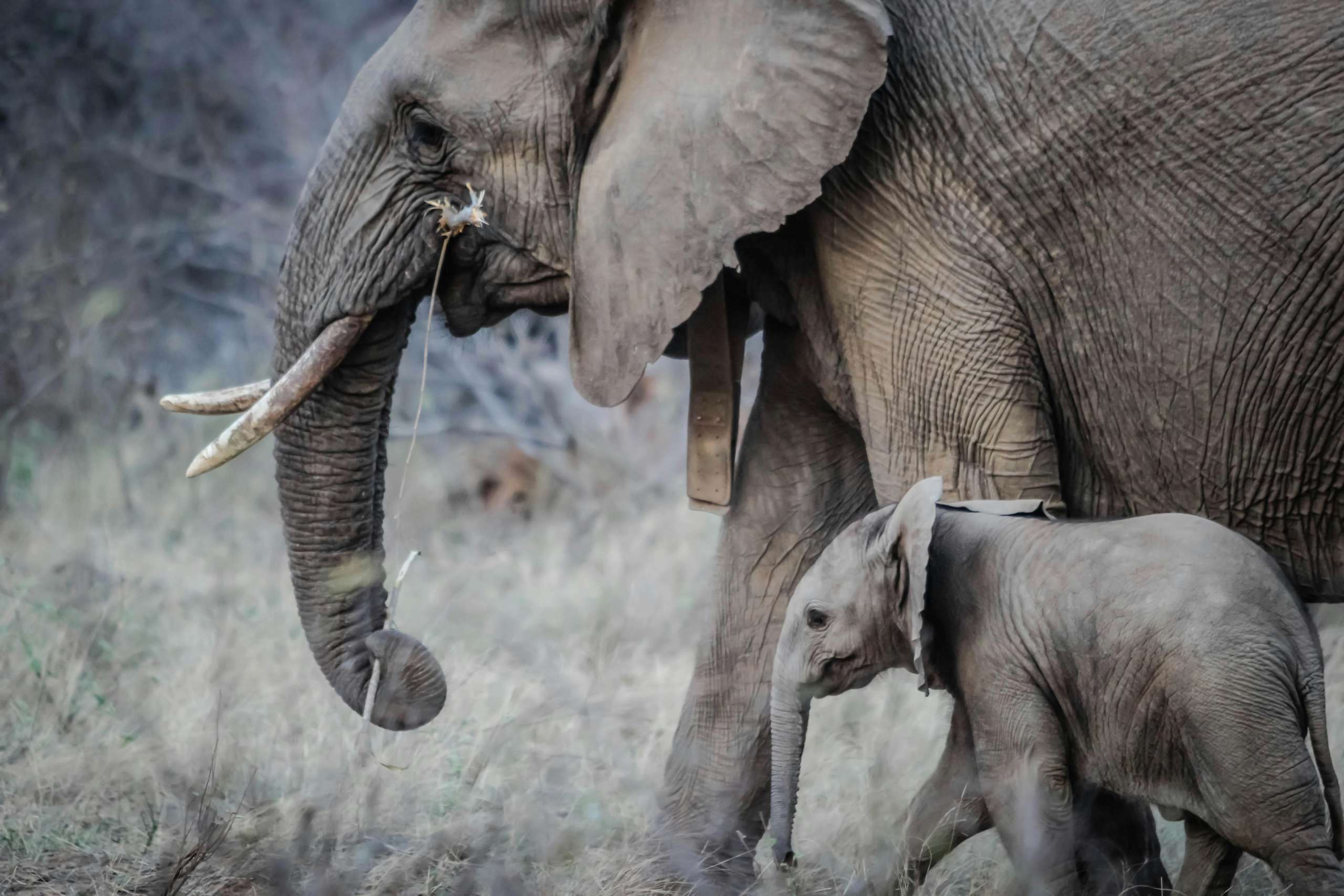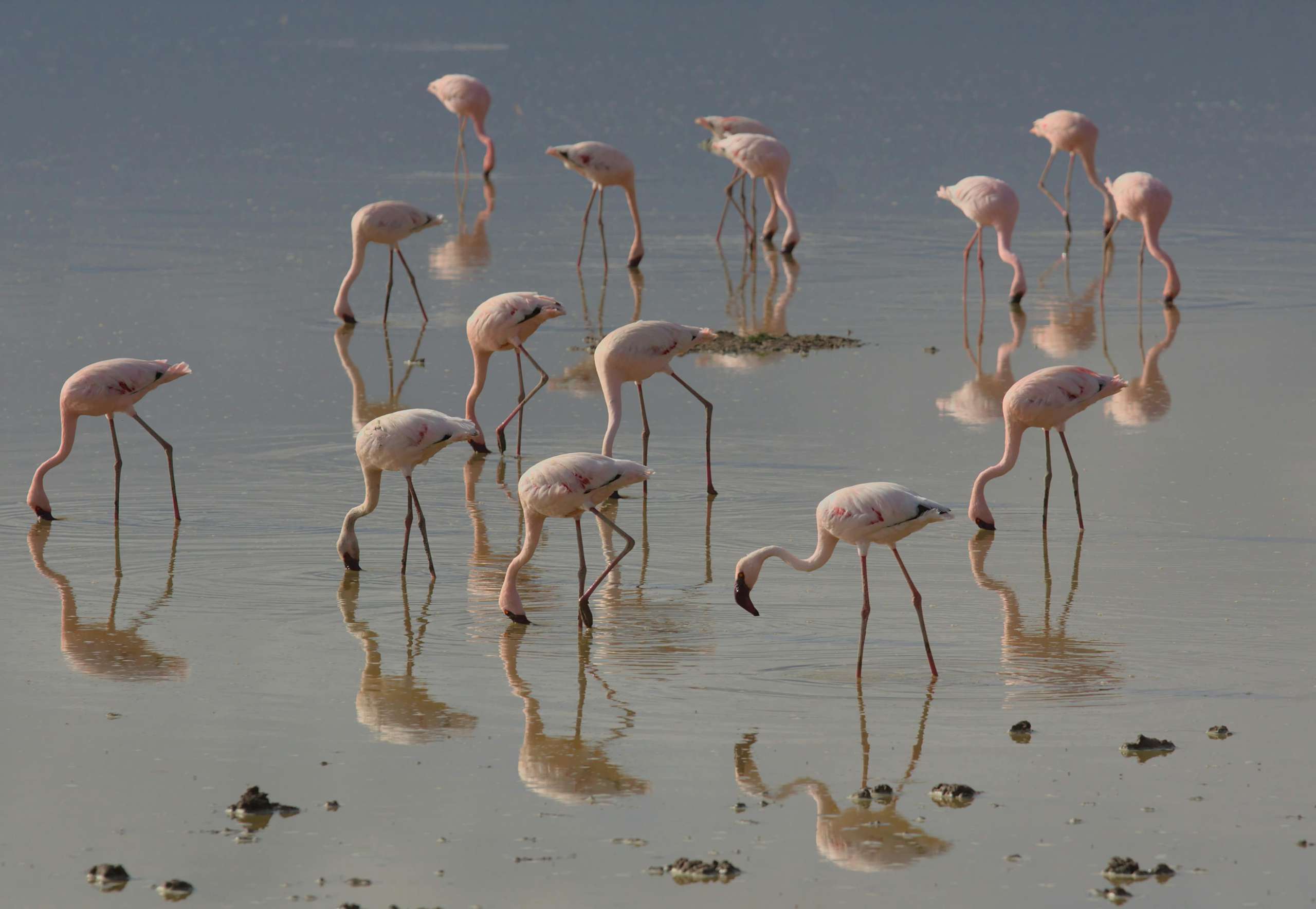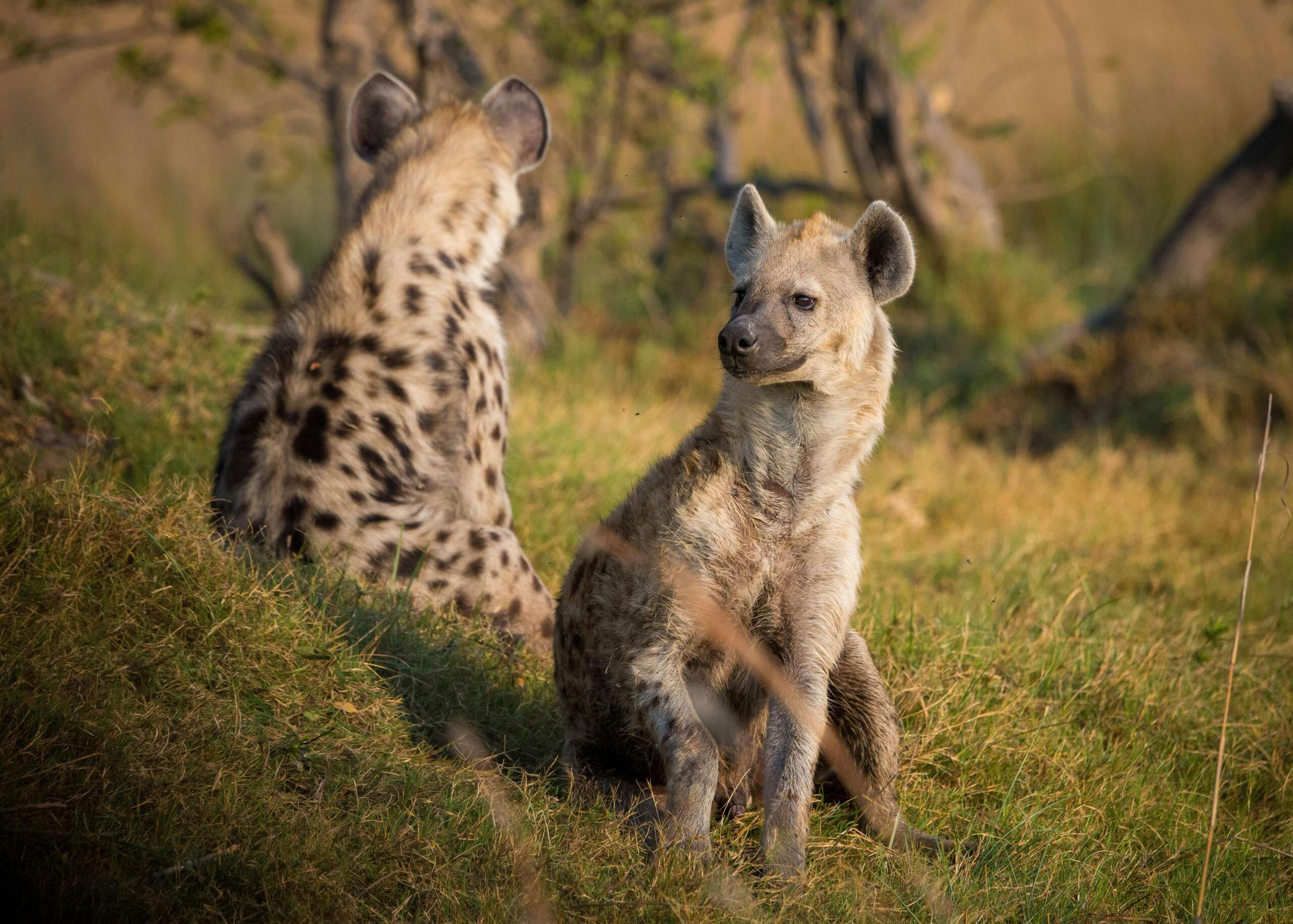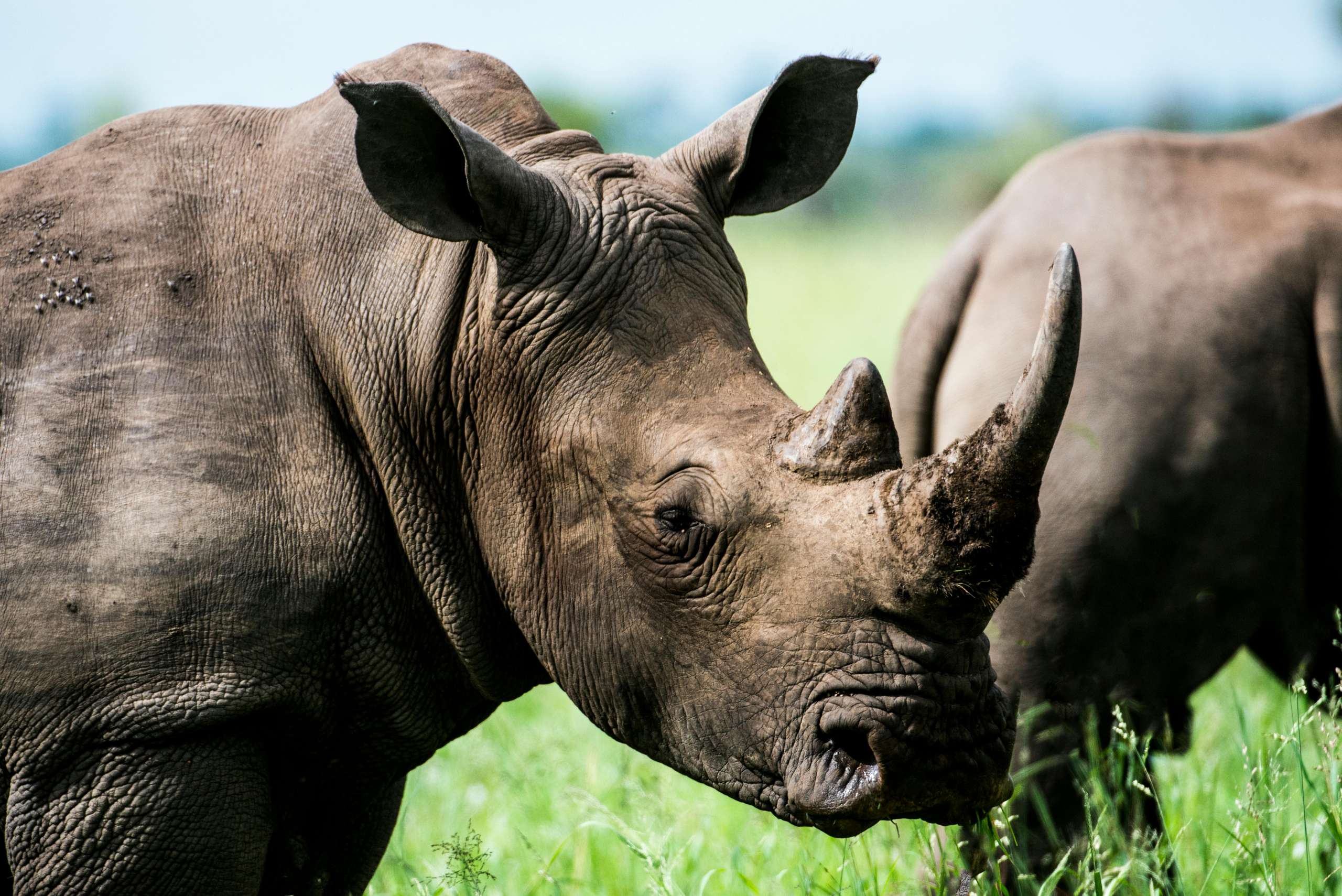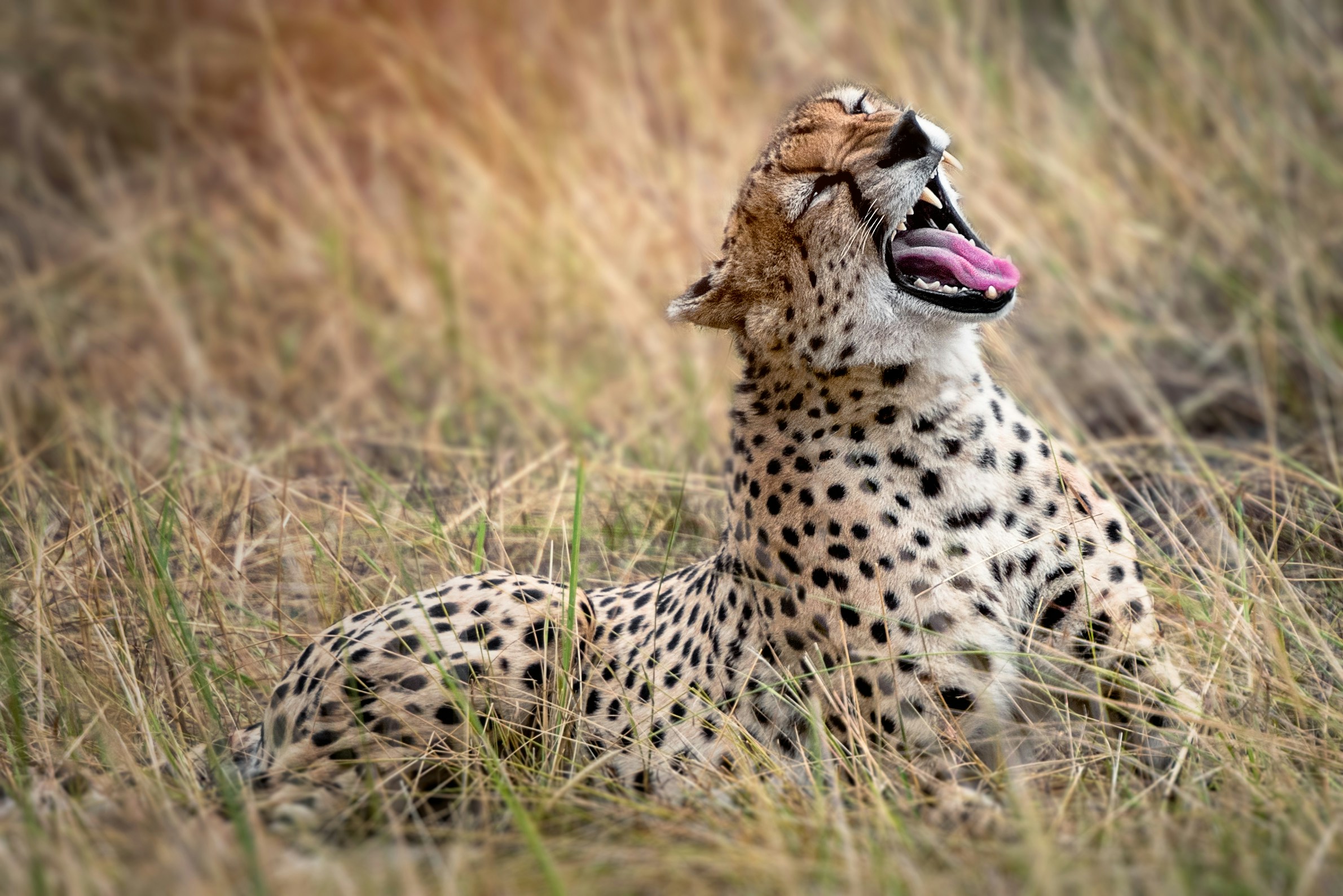Mountain Kilimanjaro
Standing majestically at 5,895 meters (19,341 feet), Mount Kilimanjaro is the tallest mountain in Africa and the highest free-standing mountain in the world. Located in Tanzania, this UNESCO World Heritage Site is a bucket-list destination for trekkers, nature lovers, and adventurers.
CLIMBING KILIMANJARO PACKAGES
Climbing Mount Kilimanjaro is the iconic peak in Africa, offering stunning views, challenging terrain, and a sense of accomplishment. Kilimanjaro is the highest peak in Africa, standing at 5,895 meters above sea level. It offers multiple routes, each with its own unique scenery, difficulty level, and acclimatization profile.
6 Days Kilimanjaro Machame Route
6 Days Kilimanjaro Marangu Route
6 Days Kilimanjaro Rongai Route
7 Days Kilimanjaro Lemosho Route
7 Days Kilimanjaro Machame Route
7 Days Kilimanjaro Rongai Route
7 Days Kilimanjaro Umbwe Route
8 Days Kilimanjaro Lemosho Route
8 Days Kilimanjaro Northern Circuit
9 Days Kilimanjaro Northern Circuit
5 Days: Marangu Route Kilimanjaro Climbing
6 Days Kilimanjaro Lemosho Route
KILIMANJARO ULTIMATE PACKING LIST
For climbing Kilimanjaro, pack essential gear for varying climates and conditions. Include a waterproof jacket and pants, a fleece or down jacket for warmth, moisture-wicking base layers, and trekking pants. A high-quality pair of hiking boots with ankle support is crucial, along with warm socks and gaiters. Don’t forget gloves, a hat, and a headlamp with extra batteries. Bring sunscreen, lip balm with SPF, and sunglasses to protect from high-altitude sun. A hydration system like a Camelbak, water bottles, and purification tablets are vital for staying hydrated. For personal items, pack a sleeping bag rated for sub-zero temperatures, a small first aid kit, toiletries, and a multi-tool. Also, carry energy snacks, camera, and necessary documents like passports and permits. Ensure you have a lightweight, durable backpack for your daily essentials and a duffel bag for your gear, which will be carried by porters.
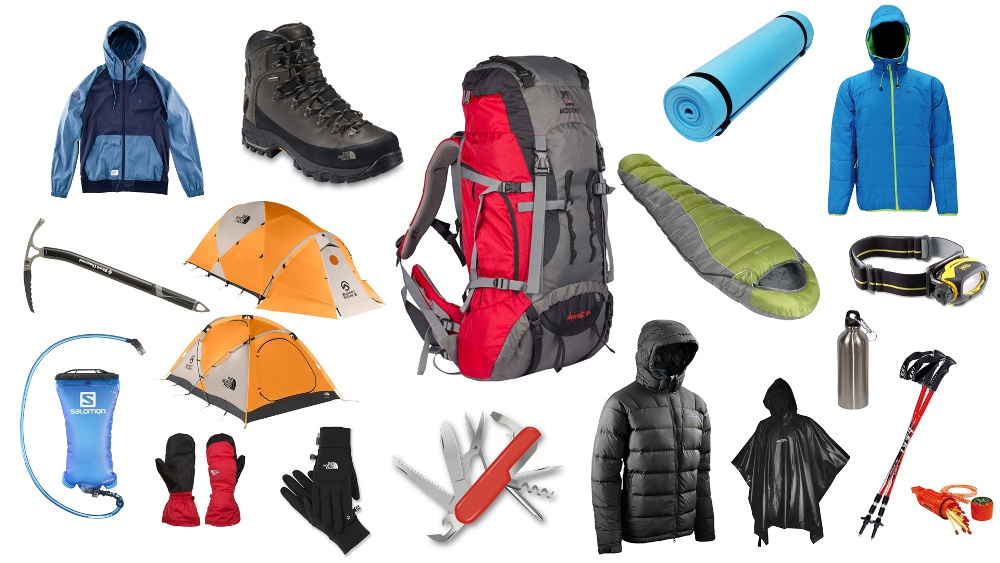
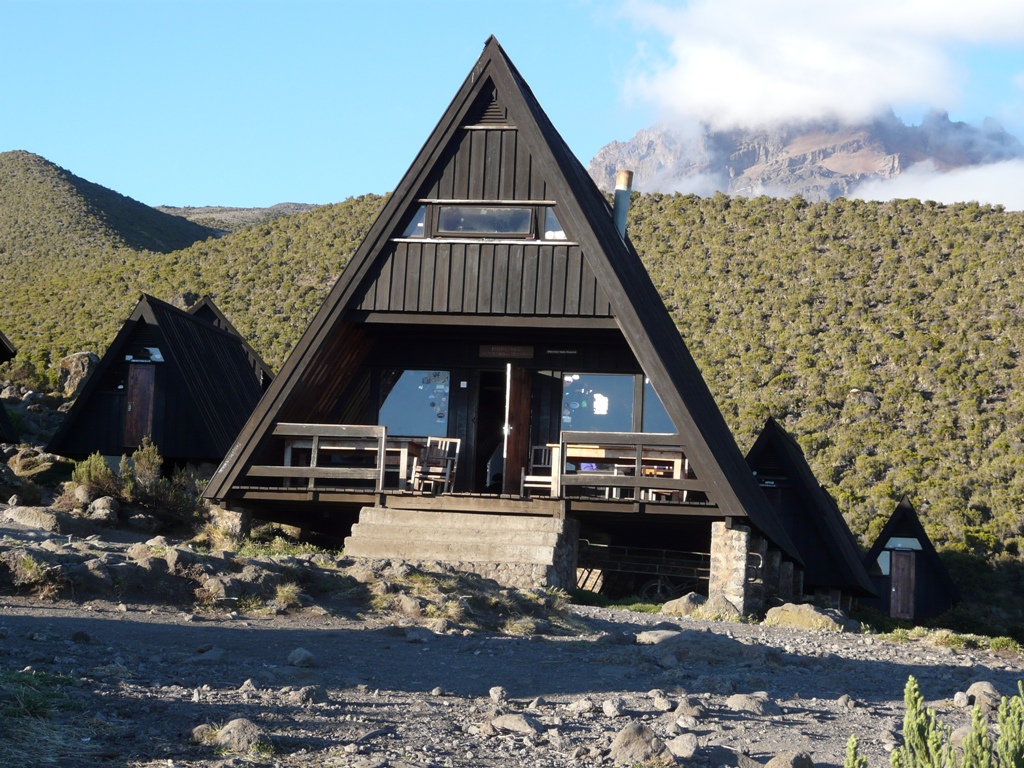
BEST TIME TO CLIMB KILIMANJARO
The best time to climb Mount Kilimanjaro is during its dry seasons: December to mid-March and late June to October, with January, February, and September being particularly favorable due to clear skies, mild weather, and low rainfall. These conditions provide excellent visibility, safer trails, and a more enjoyable trekking experience. While Kilimanjaro can technically be climbed year-round, April and November are best avoided due to heavy rains, which make trails muddy and slippery, reducing visibility and increasing the risk of accidents. Shoulder seasons like late March and late May may suit experienced trekkers willing to face unpredictable weather for fewer crowds. Ultimately, choosing the right season depends on balancing trail conditions, personal schedules, and desired solitude on the mountain.
ESSENTIAL TIPS FOR A SUCCESSFUL KILIMANJARO SUMMIT
Achieving a successful summit of Kilimanjaro requires careful planning and adherence to key tips. Pace yourself and take it slow to acclimate properly and reduce the risk of altitude sickness. Staying hydrated is crucial, so drink plenty of water throughout your climb. Listen to your body and communicate any discomfort or symptoms to your guides immediately. Dress in layers to adapt to the changing temperatures and weather conditions, and ensure you have high-energy snacks to maintain your energy levels. Lastly, maintain a positive attitude and stay motivated by focusing on the breathtaking views and the accomplishment of each step towards the summit.
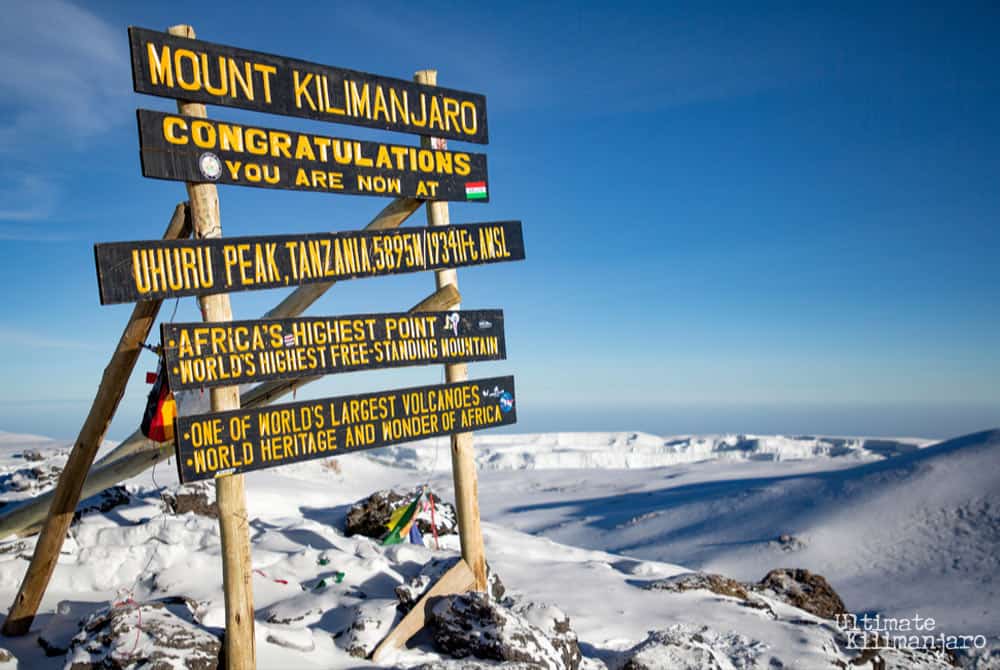
Testimonials






